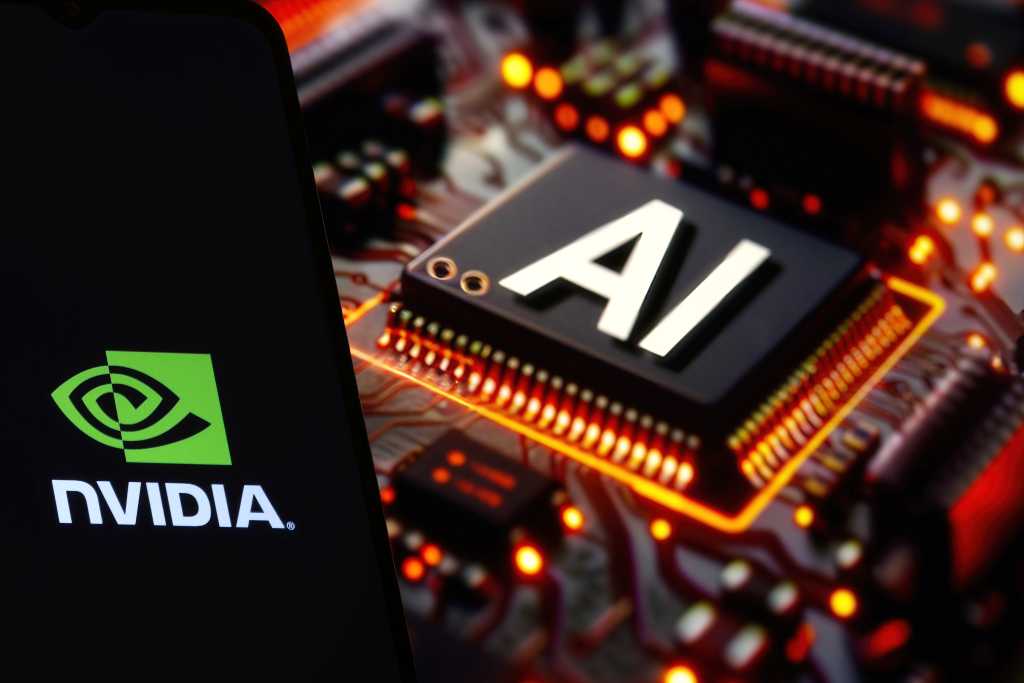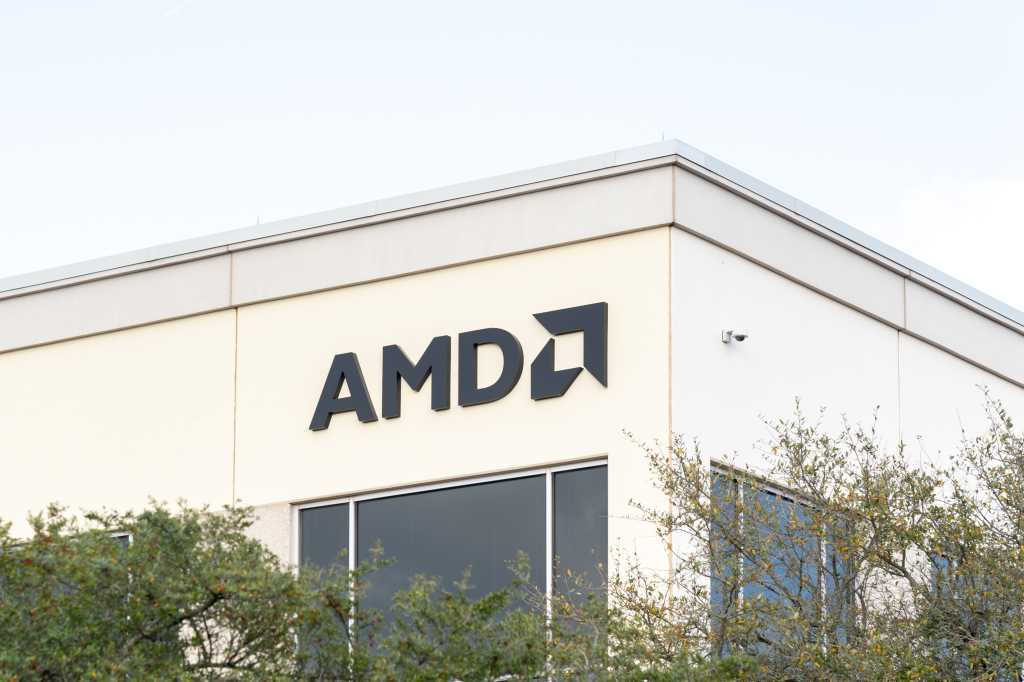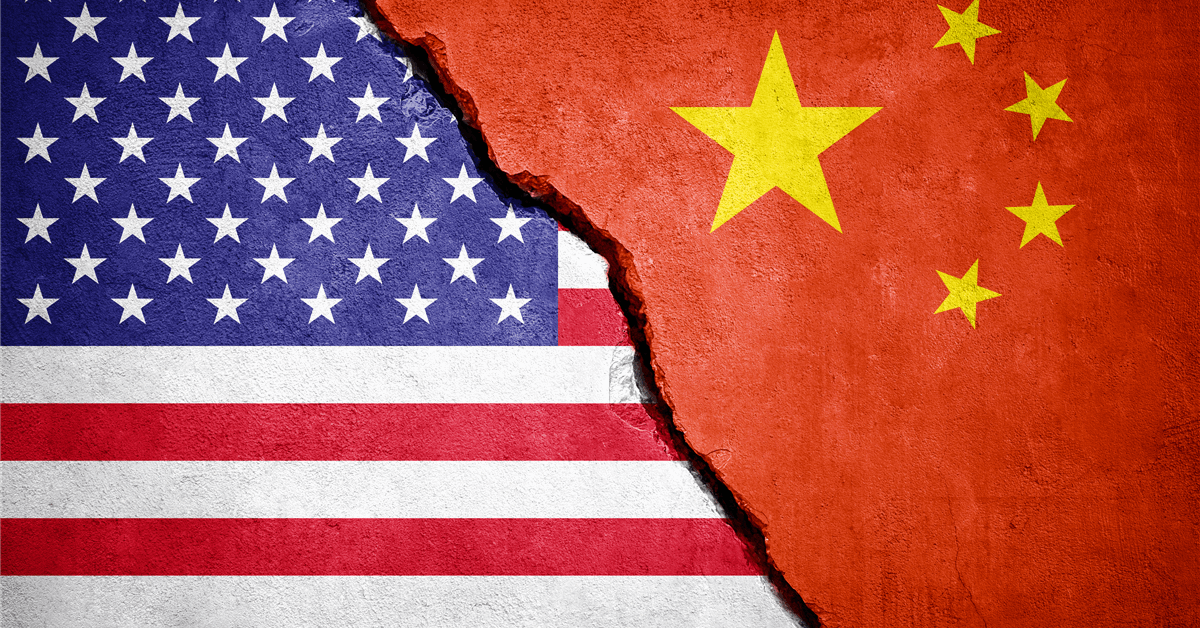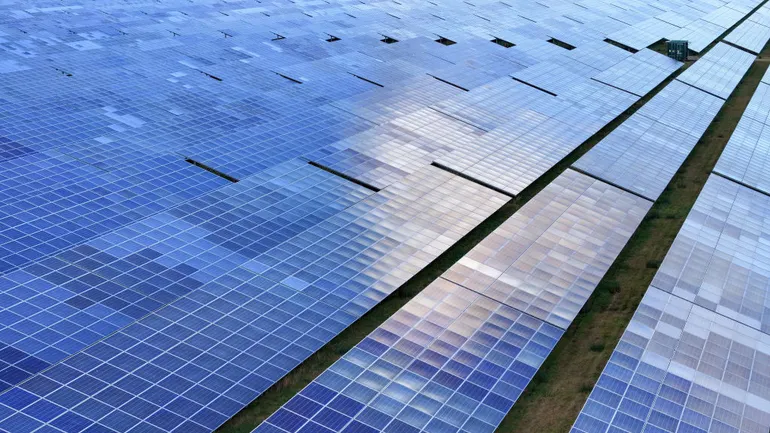
There have been two significant OPEC+ decisions in the past week, analysts at Standard Chartered Bank, including the bank’s commodities research head Paul Horsnell, said in a report sent to Rigzone late Tuesday by the Standard Chartered team.
“The first came from the 39th OPEC and non-OPEC Ministerial Meeting on 28 May,” the analysts stated in the report.
“The press release noted that the meeting had decided to ‘mandate the OPEC Secretariat to develop a mechanism to assess participating countries’ maximum sustainable production capacity (MSC) to be used as reference for 2027 production baselines for all DoC countries’,” they added.
“While this development may be too long-term in nature to have attracted much immediate attention from the oil market, we think it is a highly significant development,” the analysts continued.
“If its objective is to reform OPEC+ mechanisms to create a sustainable and effective organization, then this is a necessary – and perhaps overdue – step. Before this initiative, the adjustment of relative country targets had proved a difficult nettle to grasp in recent decades,” they went on to state.
In the report, the Standard Chartered Bank analysts said establishing MSCs is likely to involve a series of definitional and data-related tasks over the next year.
“However, we do not think the objective will prove too difficult; indeed, the unwinding of voluntary cuts is already revealing some solid information on some producers’ true sustainable capacity,” the analysts noted in the report.
“We think the market has tended to overestimate sustainable capacity and has therefore also overestimated spare capacity, often compounding the error by replacing ‘spare’ with ‘excess’, ‘surplus’, or ‘idle’,” they added.
“As a side effect, the task of setting MSC levels should also make it much harder for some OPEC+ members to obfuscate the degree of their non-compliance with their pledges by creating opaque data flows and vague (or shifting) definitions,” they said.
“The agreement to create 2027 baselines based on MSCs appears to be an acknowledgement by the majority of OPEC+ producers that the status quo is unacceptable, and that effectiveness must be improved to avoid both existential issues and extreme price volatility,” the analysts went on to note.
The Standard Chartered Bank analysts went on to state in the report that the second key OPEC+ decision came on May 31, at a virtual meeting of the eight OPEC+ producers that had announced additional voluntary cuts in April and November 2023.
“Saudi Arabia, Russia, Iraq, the UAE, Kuwait, Kazakhstan, Algeria and Oman … agreed to continue the accelerated unwinding of the November 2023 tranche of voluntary cuts, with required production levels (not considering the effect of compensation schedules for past overproduction) increasing by 411,000 barrels per day in July 2025,” the analysts highlighted, pointing out that “this was the same outcome as had previously been agreed for May and June”.
“While some media reports last week had suggested (based on undisclosed sources) that an even larger increase would be discussed, no such discussion took place, according to an Algerian government press release,” the analysts added.
In the report, the Standard Chartered Bank analysts said they had already included the latest unwinding in their supply-demand model.
“Our current balances imply a global stock draw of 0.4 million barrels per day in Q3, offset by a 0.4 million barrel per day inventory build in Q4 (assuming the rapid full unwinding of the November 2023 voluntary cuts),” they noted.
“The key feature of our balances is the continuation of significant non-OPEC+ supply underperformance relative to consensus expectations in 2025; demand growth remains relatively robust at 1.17 million barrels per day in 2025 and 1.07 million barrels per day in 2026, with current low prices likely to create some additional potential demand upside,” they added.
Rigzone has contacted OPEC for comment on Standard Chartered Bank’s report. At the time of writing, OPEC has not responded to Rigzone.
In the report, Standard Chartered projected that the ICE Brent nearby future crude oil price will average $52 per barrel in the third quarter of this year, $65 per barrel in the fourth quarter, $61 per barrel overall in 2025, and $78 per barrel overall in 2026.
To contact the author, email [email protected]





















